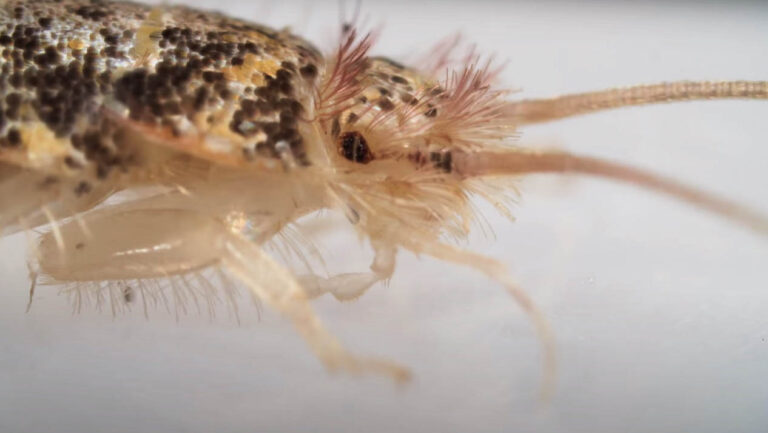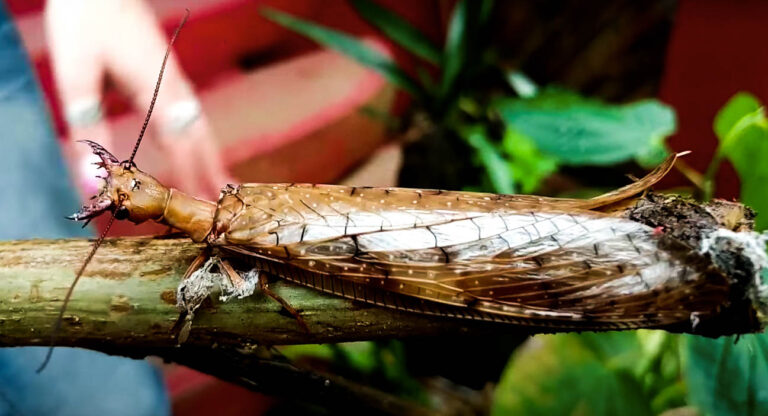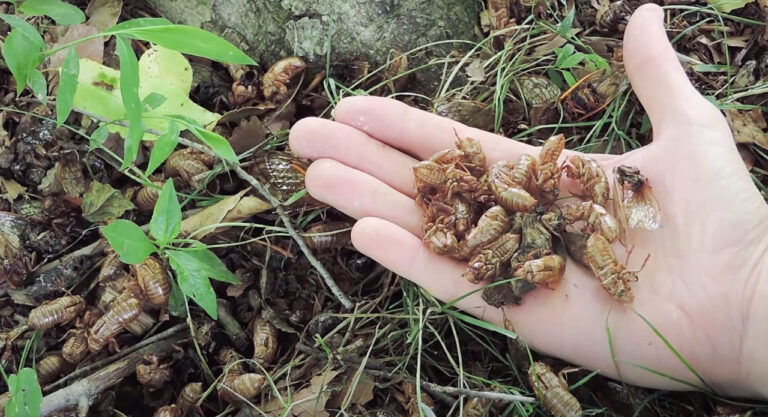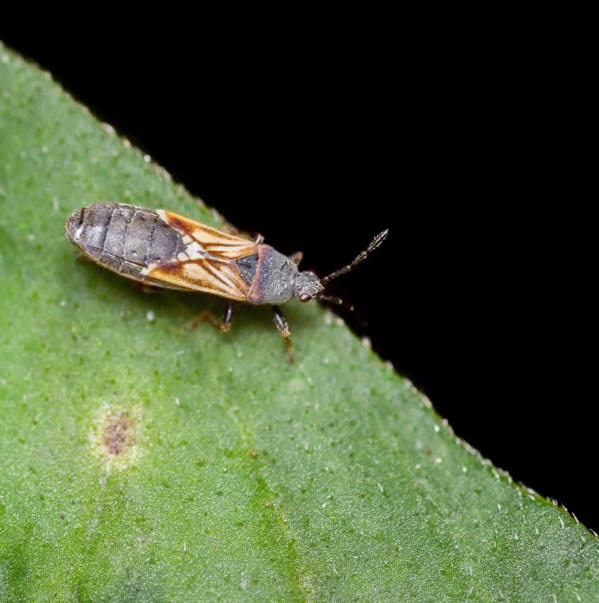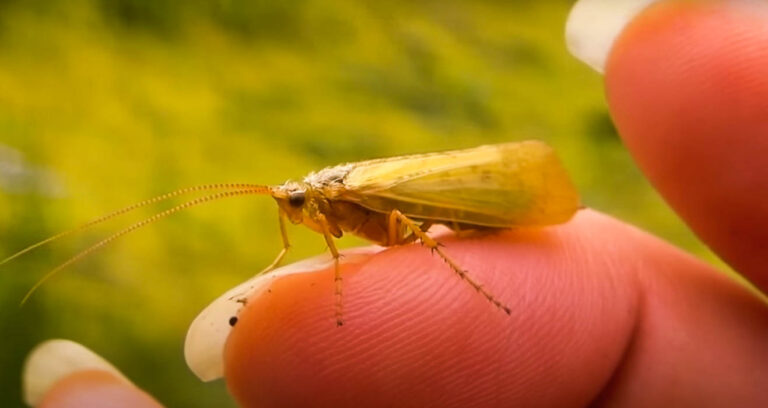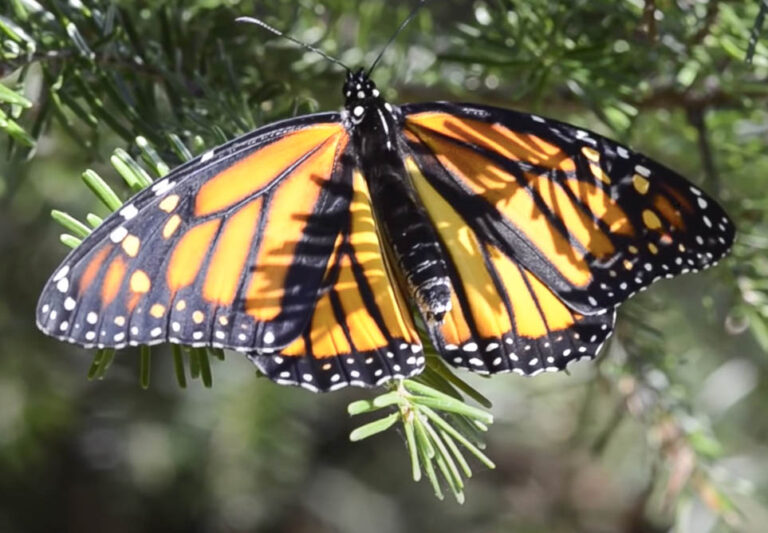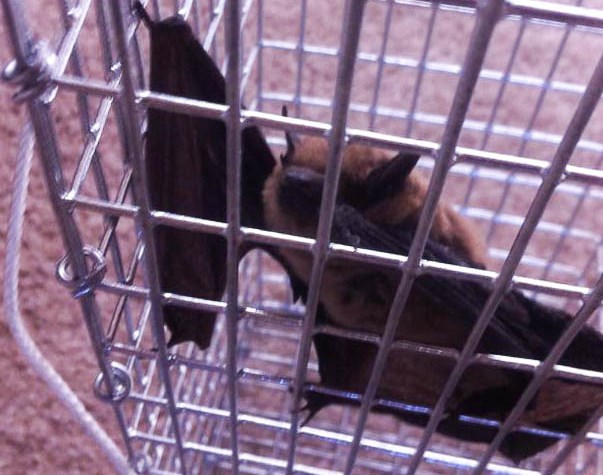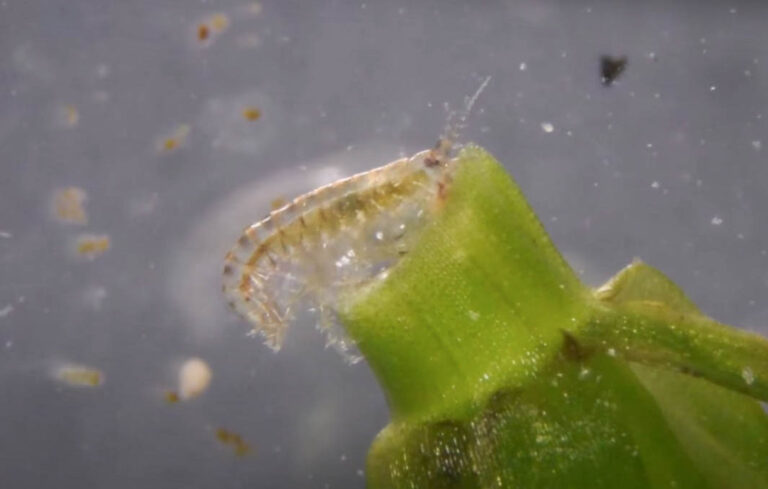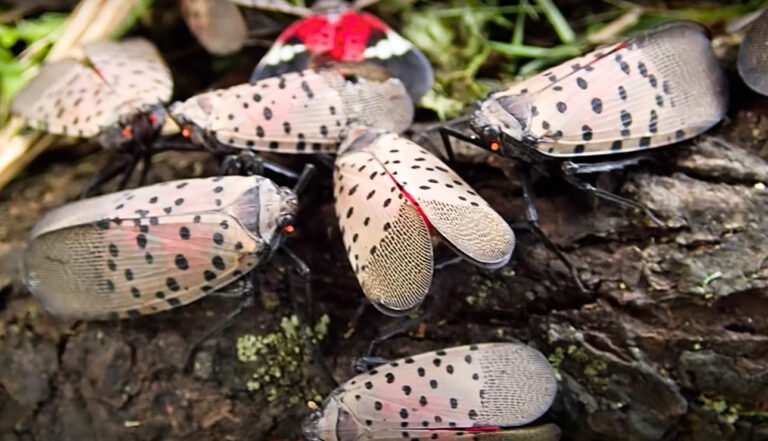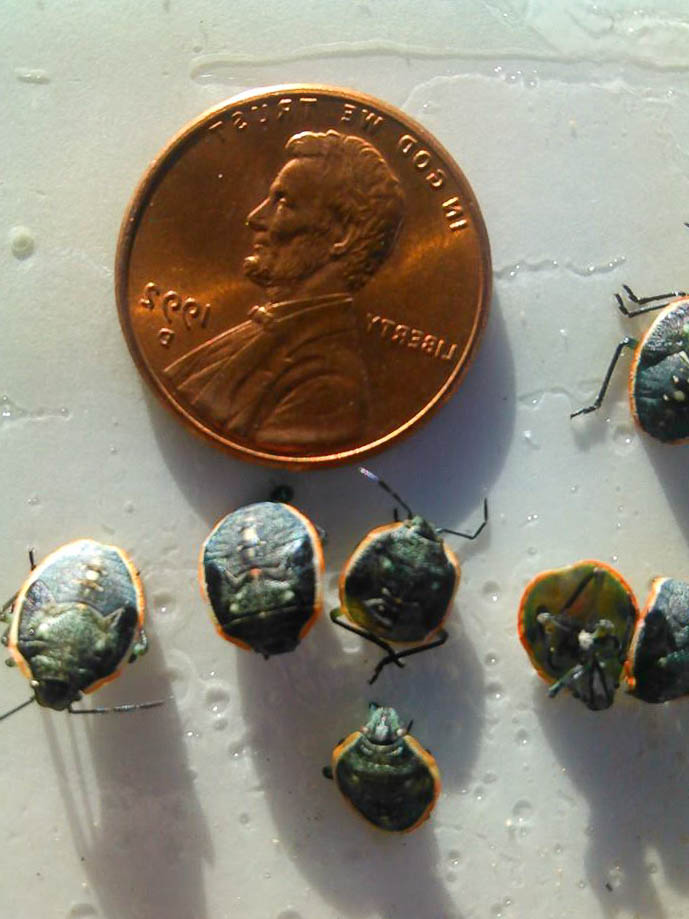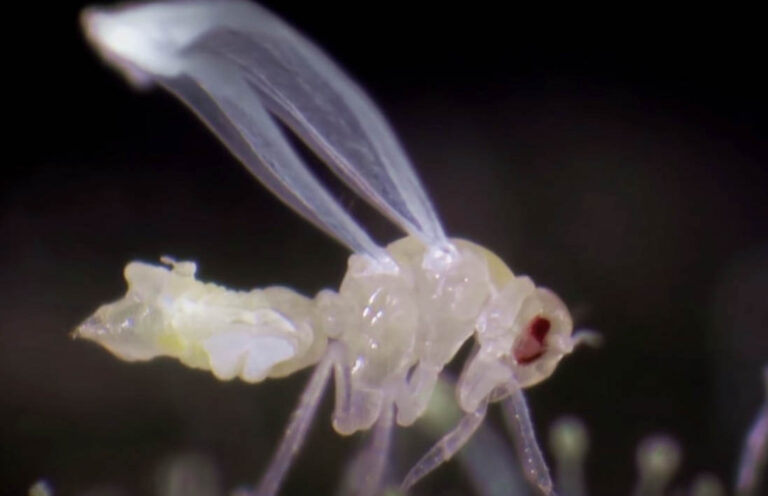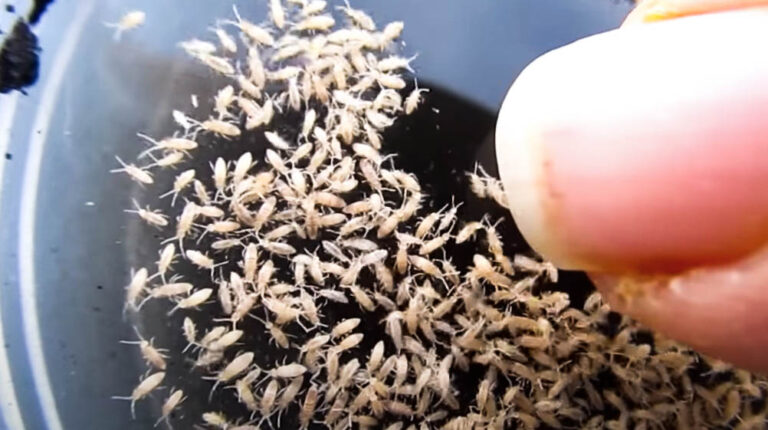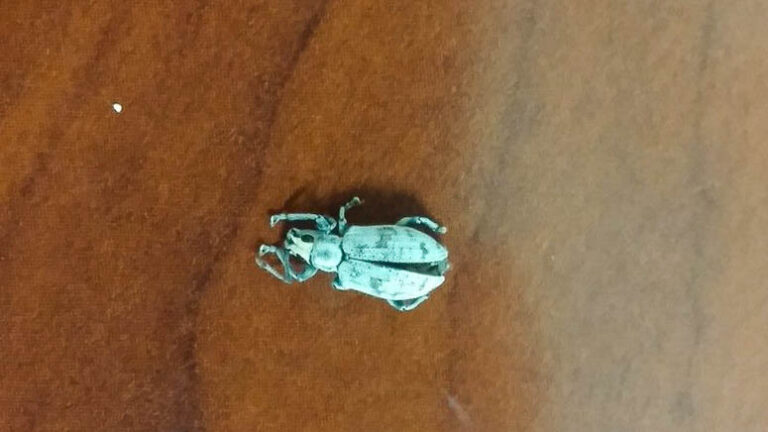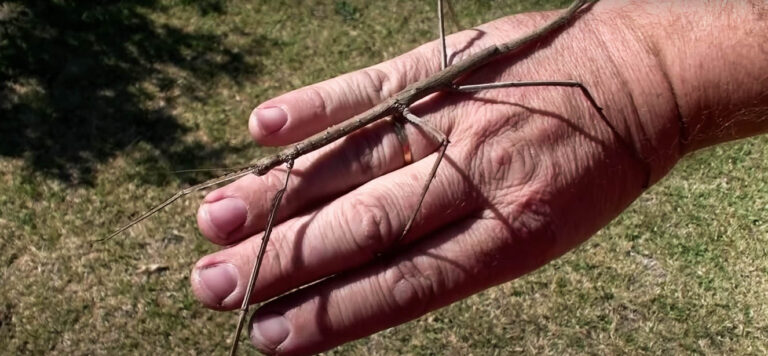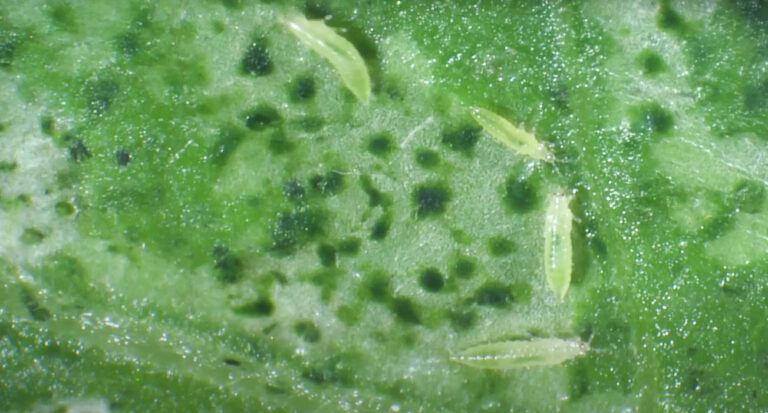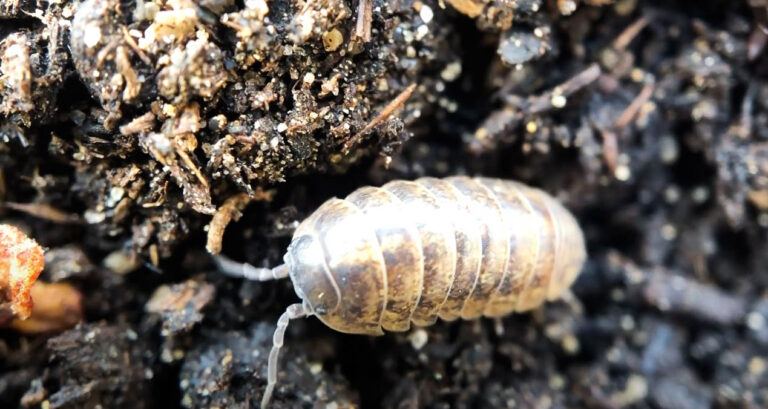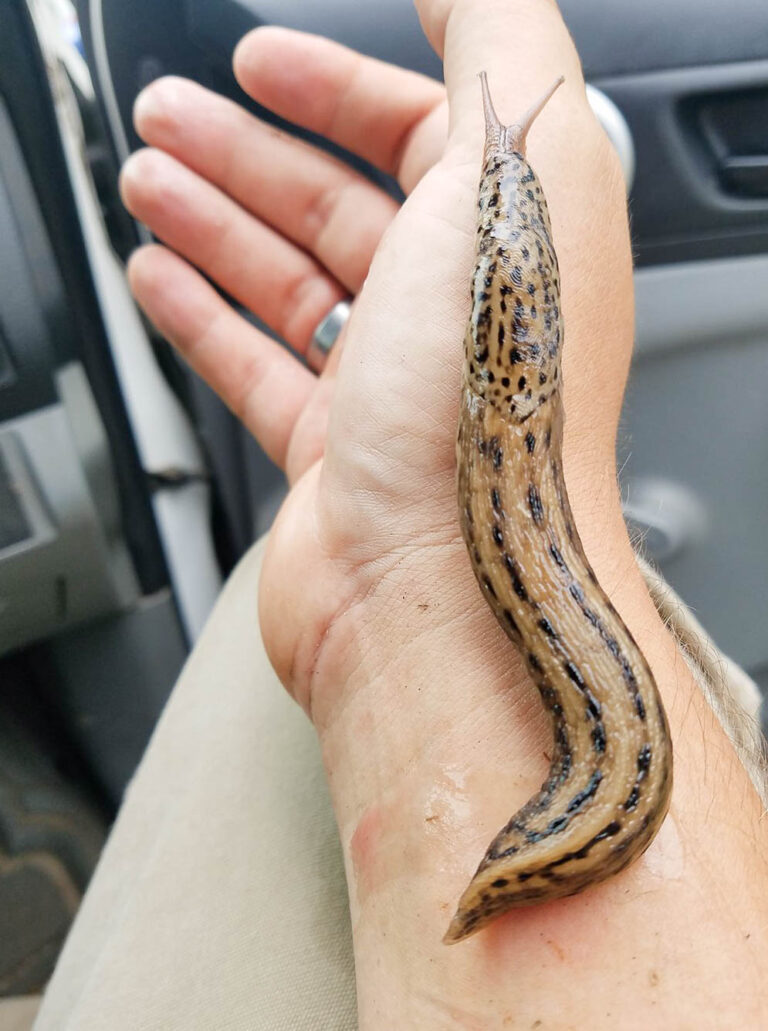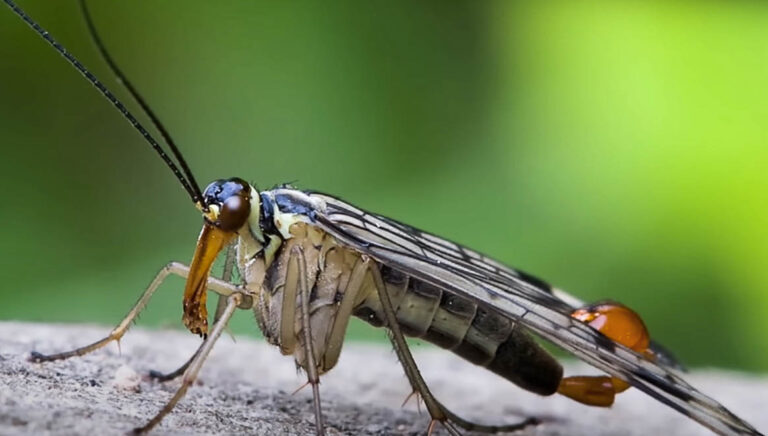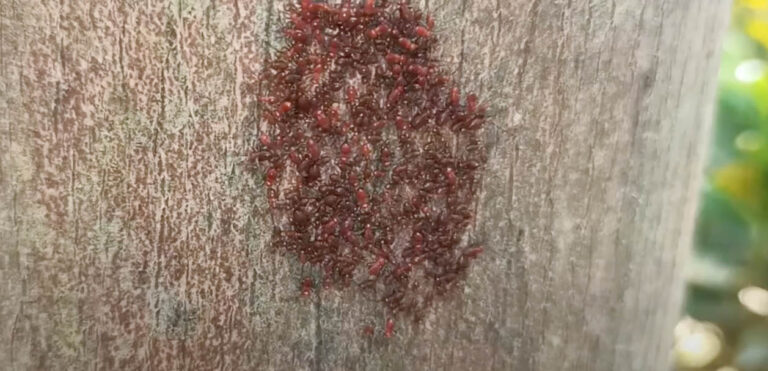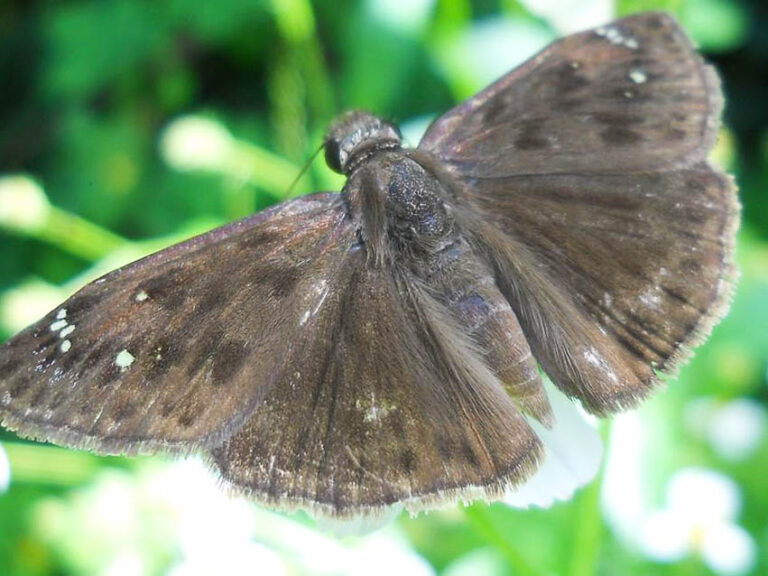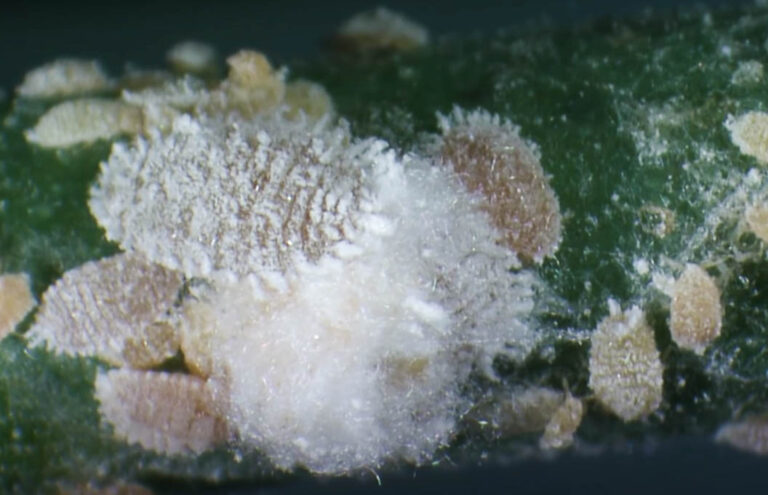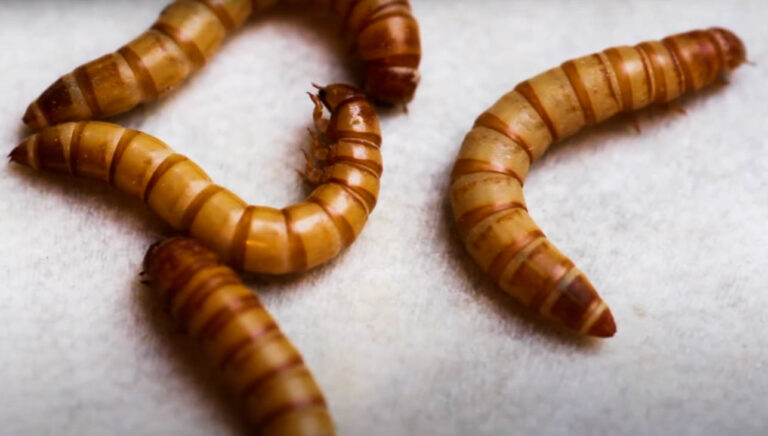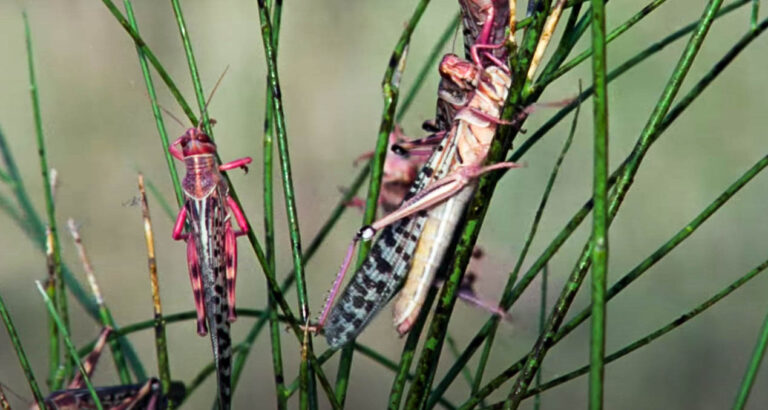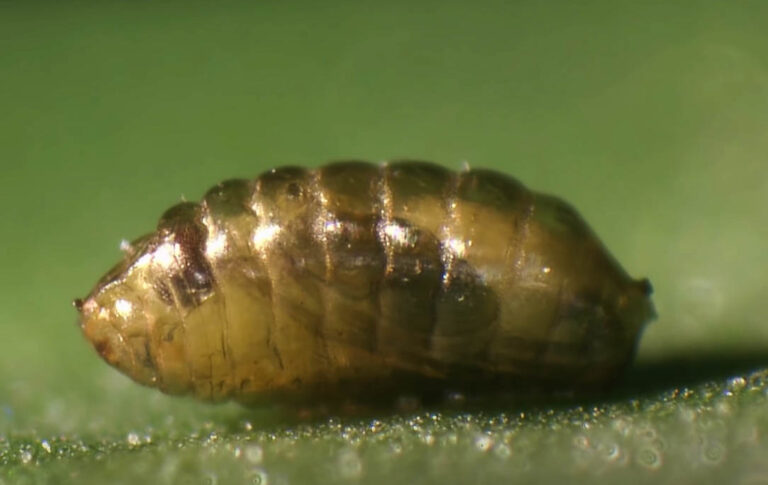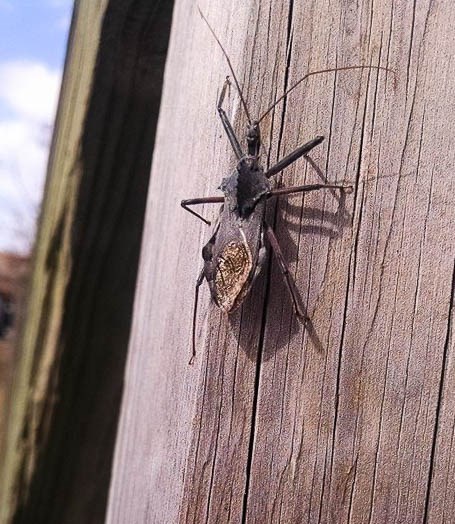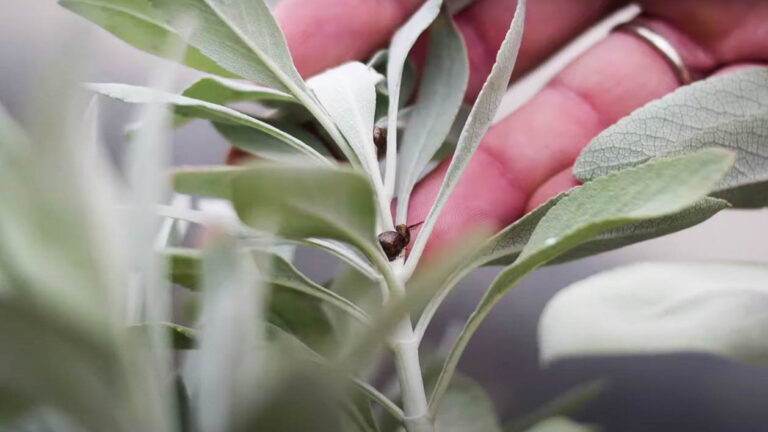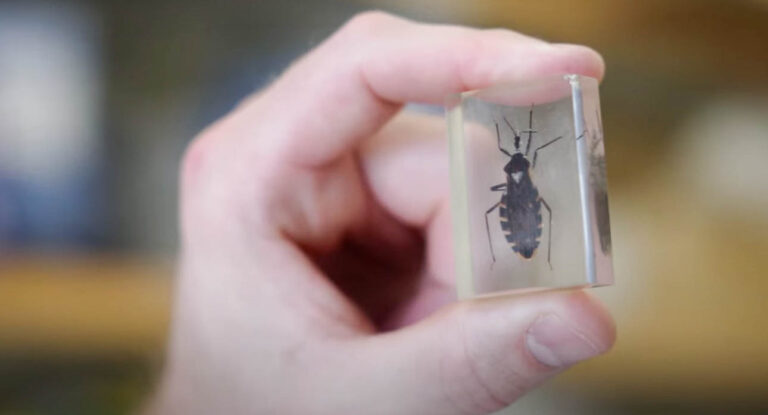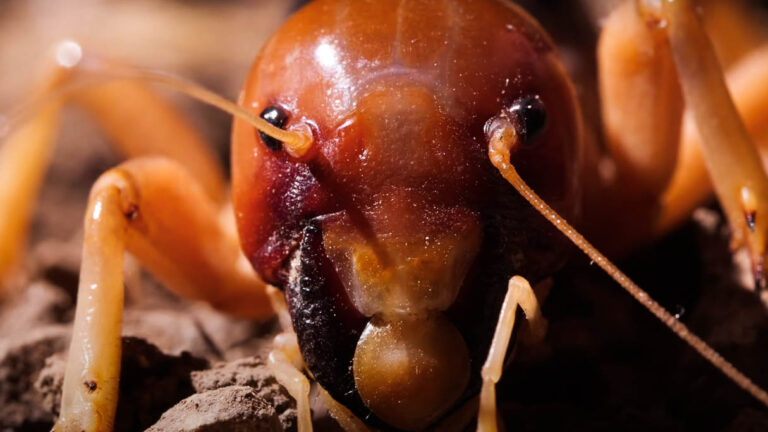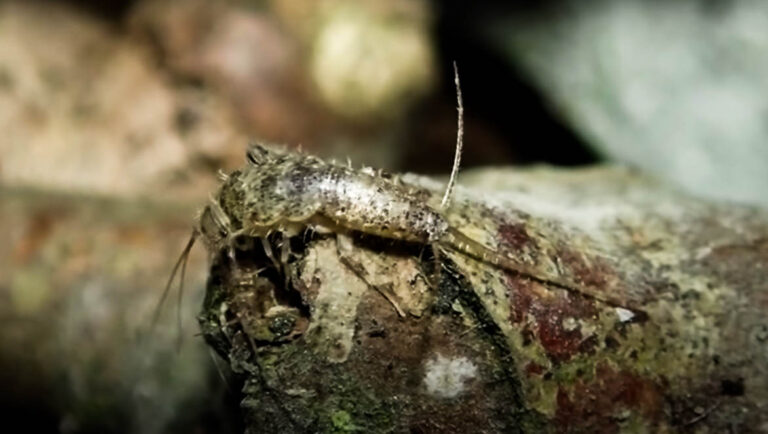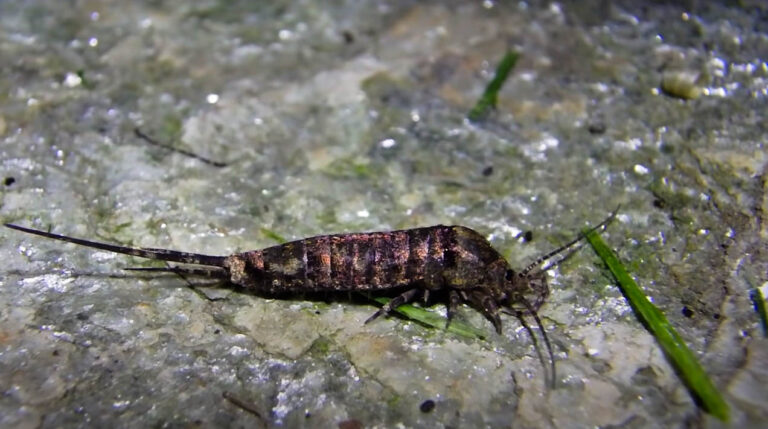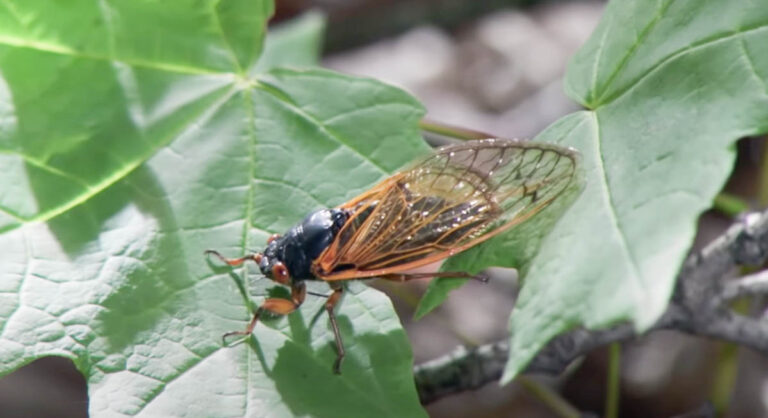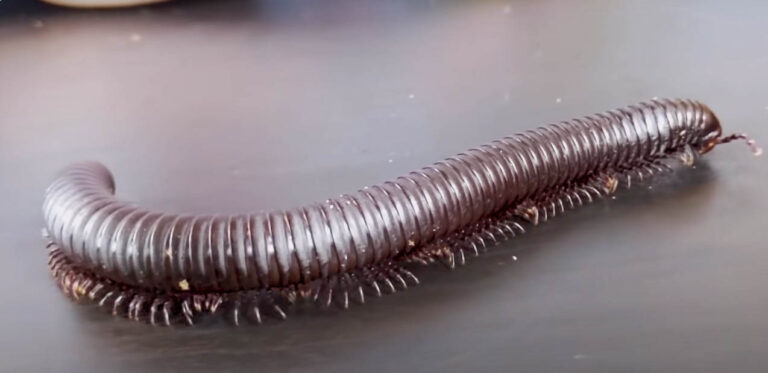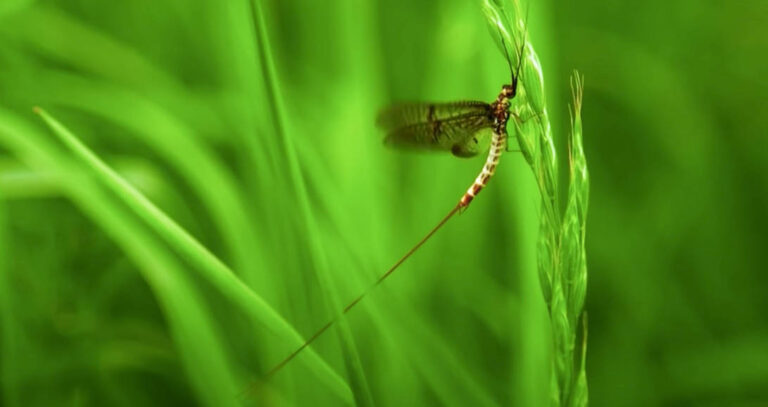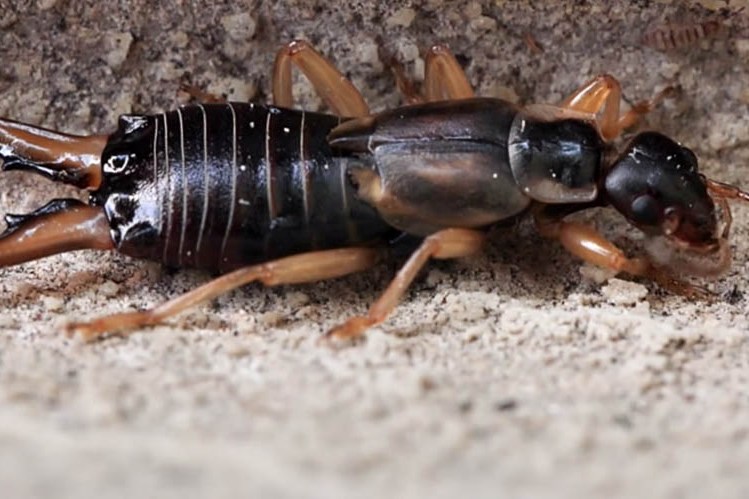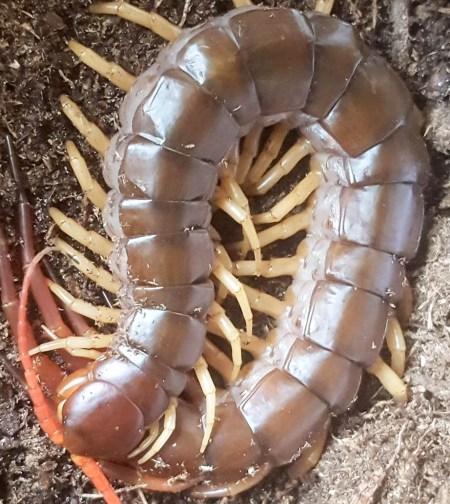About Amphipods
About Amphipods
It might surprise you that amphipods are in the order of crustacea, which shrimp are also a member of. It might also surprise you that these creatures can get into your home and onto your property since crustaceans are generally water-inhabiting creatures. It turns out that there are many species of amphipods that can be found on land! Continue reading to learn more about amphipods and how you can get them off of your property.
Appearance
If you are trying to determine what amphipods look like, think of shrimp. They resemble shrimp so well that they are commonly referred to as “lawn shrimp”. The adult crustaceans are commonly about ½ of an inch in length but can be found up to ¾ of an inch on the larger end of the scale.
Their bodies are flat on the sides and they have four long legs farther back on their bodies. They have two antennas that come out of their face with eyes that sit on the side of their heads. Amphipods are commonly a pale pink or peach color that is very reminiscent of uncooked shrimp.
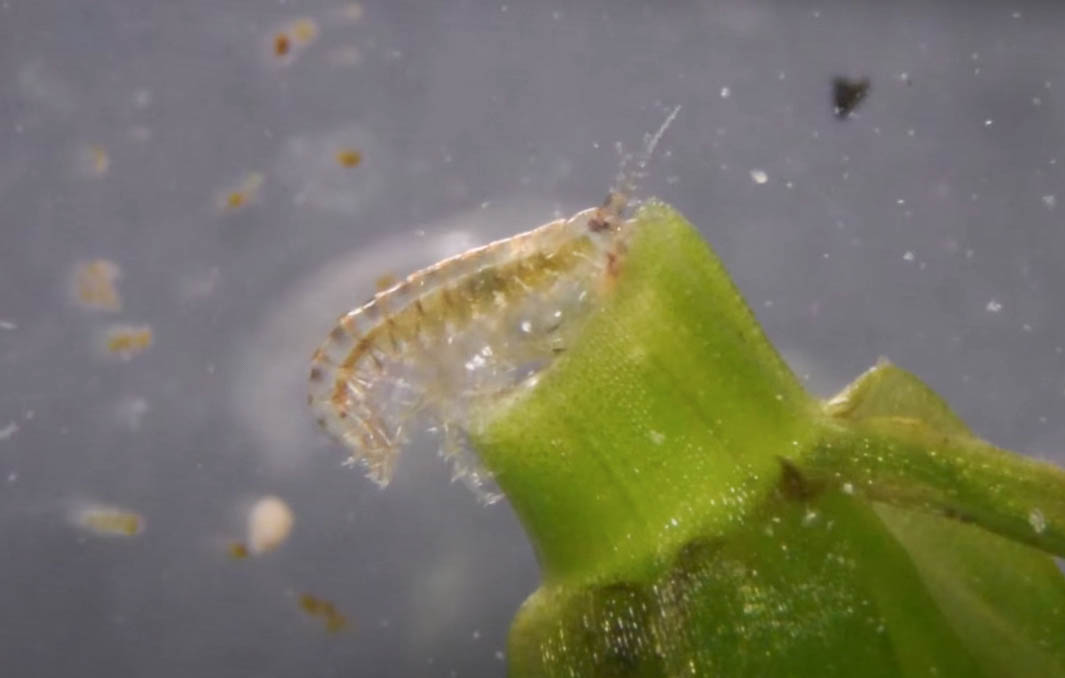
Behavior
One of the most unique behavioral characteristics of amphipods is their ability to jump when they are startled or approached by a potential predator. This gives them the appearance of a flea or a grasshopper, which gives them the nicknames of “beach fleas” and “sandhoppers” as well. While there are some species of amphipods that can live on land, almost all of them require moist living conditions to stay alive. Amphipods serve a really interesting role in ecosystems, as they are food for many animals like birds, fish, and other mammals. They also eat detritus and carrion food sources, thus serving the role of a decomposer as well.
Habitat
Depending on the particular species of amphipod, they can be found in a wide variety of environments. They are found in oceans, lakes, rivers, saltwater, freshwater, and even on land. When they live on land, they will always stay in places of high moisture, as a lack of it can kill them. In forests and meadows, they will crawl a few inches deep into the soil so that they can be enveloped in moisture. More often than not, amphipods are happy living in nature, as they really just need to stay in warm, moist areas to survive well. However, when significant periods of drought or a highly excessive rainfall amount occurs, they may try to come into homes and garages. Inside of buildings, they will try to stay in areas where it is warm and there is humidity.
Damage They Cause
While they might seem like a serious nuisance, amphipods do not actually cause any real damage. They will not eat or damage building materials or any of your belongings. Yard shrimp also do not carry any diseases and will not bite or harm humans or pets. With that being said, you will likely want to get rid of amphipods quickly, as they can become a severe annoyance to homeowners. In addition to this, if you have a pool, large amounts of amphipods can cause your pool filters to clog.
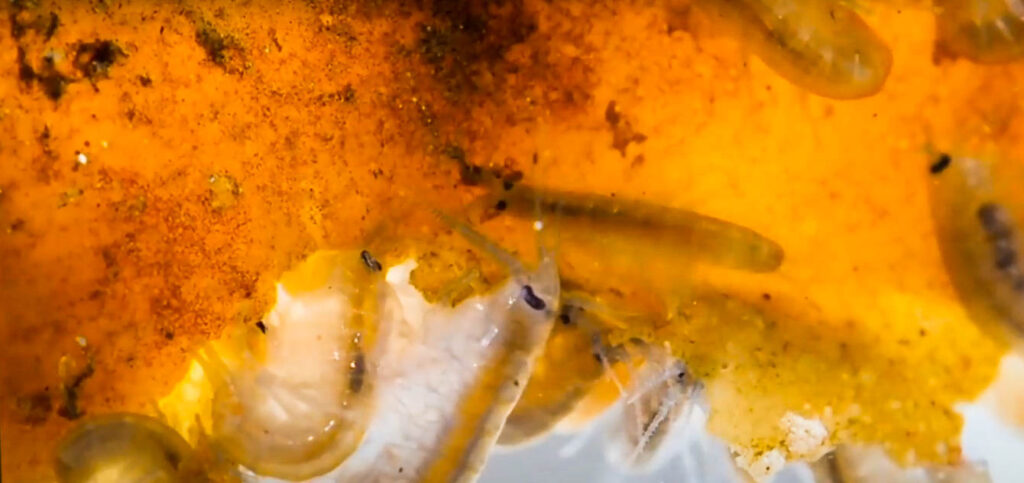
Infestation Signs
Since they do not cause any damage to your belongings or home, you would only notice an amphipod infestation if you saw one in person. If you see a yard shrimp, you might think it is a flea, so it is important to be sure before you dismiss it as the less serious amphipod. You will likely find only dead amphipods in your home or garage, as they dry out very quickly when they do not have access to humidity. If you do happen to see many of them that seem to be thriving, it is important to put an end to that quickly.
How to Get Rid of Them
Luckily for homeowners, amphipods die quickly on their own in most cases. Without access to moisture, they tend to dry out very quickly and die on their own. If you stumble across a dead crustacean, it will likely be a bright red color, as this occurs once they are dried out. If you continue to find amphipods, it is important to locate their source and get rid of all of them before they multiply. If your infestation is out of control or you continually have problems, it is a great idea to call your local pest control specialists so that you can get rid of the problem in the most effective and cost-efficient way possible.

